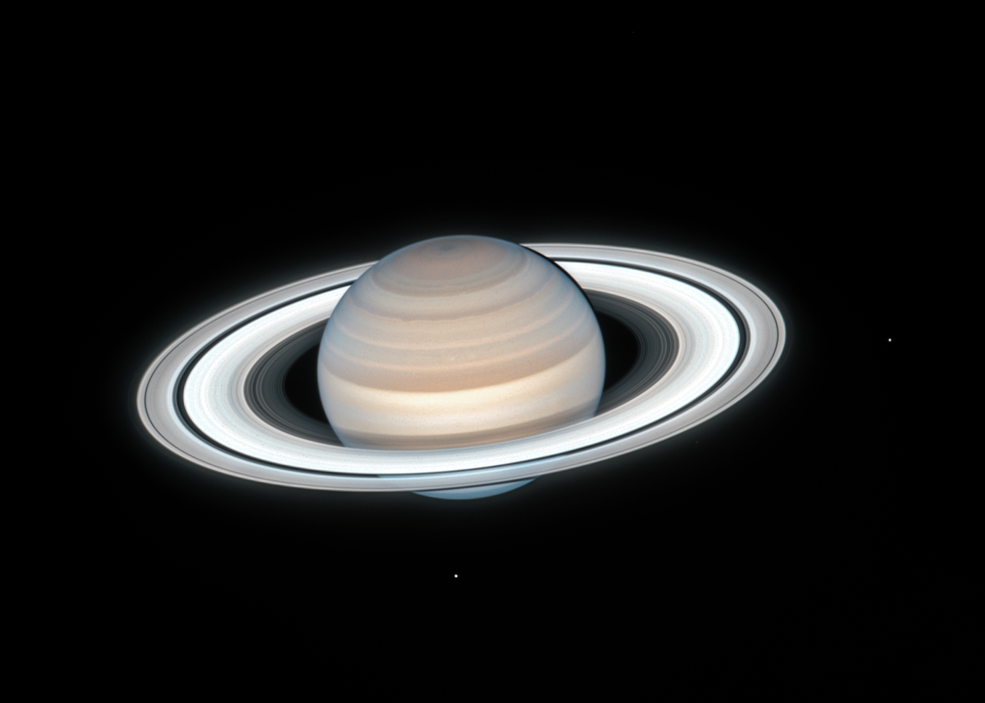Earlier this year, NASA announced that it was investigating issues with James Webb’s Mid-Infrared Instrument (MIRI). This instrument plays a key role in Webb’s observations, and as such, it put some of the telescope’s scientific missions on hold. Now, NASA has announced that the glitch is fixed, and James Webb is preparing to observe Saturn.
The problem with Webb’s MIRI instrument was a grinding on the mechanism that controls how the tool switches between its different observational modes, something very important for any future Webb observations, like James Webb’s Saturn observations. The grinding on the mechanism still allowed Webb’s team to make use of MIRI, however, it limited them from using the Medium Resolution Spectrometer (MRS).
However, NASA says that on November 2, it was able to successfully demonstrate new operational parameters for the mechanism that switches between the modes. As such, that means the telescope will finally be able to return to work as normal, observing distant galaxies and looking at iconic stellar locations like the Orion Nebula. It also means Webb’s Saturn observations can finally kick off, too.

With MIRI back running at 100 percent, the James Webb team is confident in returning to the scientific missions set out before it. And those missions will begin with a closer look at Saturn, one of the primary planets without our solar system.
Saturn has long been an icon in the night sky, with sky watchers often flocking to get a glimpse of the planet through Earth’s atmosphere. But, with James Webb, we’ll finally be able to peer even deeper, beyond the color changes seen by Hubble back in 2021. Perhaps, we’ll even be able to confirm things about the planet that we’ve already discovered. We may even learn new things entirely.
NASA hasn’t said when we should expect to see data from Webb’s Saturn observations, but based on the way that Webb works, it should come within the next few months.








